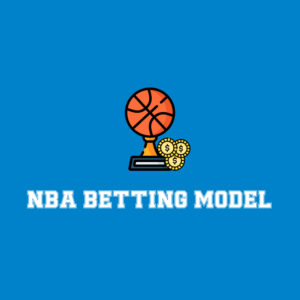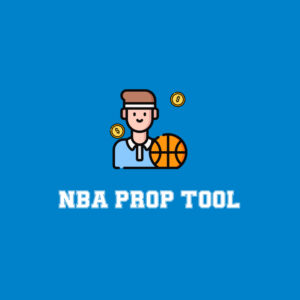
It’s our final week in the 2021 episode of the fantasy baseball Double Dip — highlighting pitchers making two starts in a week. Some of the plays may be obvious — you don’t need a 1,000-word soliloquy highlighting why it’s a good idea to start Jacob deGrom twice. You just do it.
But volume is key, especially two-start-pitcher volume. This column aims to identify all the two-start hurlers, the ones who are no-brainers, the ones who are avoids, and most importantly, focus on the tough-to-call decisions.
Each week, I’ll do my best to highlight some of those tricky arms and what could come your way.
I would be remiss without thanking a lot of people for writing this column for 27 weeks this year — to Josh Collacchi, our Chief Content Officer, who worked with me to develop actionable fantasy baseball content for our readers. To Daniel Kelley, Adam Young, Tyler Gallo and anyone else I may have missed on the edit team, for making my work look far better than it is, and to deal with my constant mis-spelling of Touki Toussaint (two S’s, watch where the “i” goes), and myriad other mix-ups. To Matthew Davis, who pitched my idea and believed in growing our season-long fantasy baseball content. To Broc Miller, who read my article a countless number of times and gave me feedback on how to improve. To excellent players like John Pausma, Yancy Eaton and Bryan Vogel, who read my work and kept me going when I needed a pick-me-up. To the countless others I have undoubtedly missed, thanks for reading and your support.
Now after all that mushy stuff, let’s get to the pitchers.
All of the two-steppers (22)
- Ian Anderson, ATL (vs. PHI, vs. NYM)
- Zac Lowther, BAL (vs. BOS, at TOR)
- Chris Sale, BOS (at BAL, at WAS)
- Wade Miley, CIN (vs. PIT, at PIT)
- Germán Márquez, COL (vs. WAS, at AZ)
- Matt Manning, DET (vs. CWS, at CWS)
- Tyler Alexander, DET (at MIN, at CWS)
- Brady Singer, KC (at CLE, vs. MIN)
- Walker Buehler, LAD (vs. SD, vs. MIL)
- Trevor Rogers, MIA (at NYM, vs. PHI)
- Joe Ryan, MIN (vs. DET, at KC)
- Marcus Stroman, NYM (vs. MIA, at ATL)
- Corey Kluber, NYY (at TOR, vs. TB)
- Chris Bassitt, OAK (at SEA, at HOU)
- Zack Wheeler, PHI (at ATL, at MIA)
- Yu Darvish, SD (at LAD, at SF)
- Chris Flexen, SEA (vs. OAK, vs. LAA)
- Logan Webb, SF (vs. AZ, vs. SD)
- Miles Mikolas, STL (vs. MIL, vs. CHC)
- Drew Rasmussen, TB (at HOU, at NYY)
- Hyun Jin Ryu, TOR (vs. NYY, at BAL)
- Josiah Gray, WAS (at COL, vs. BOS)
The no-brainers (15)
This group should definitely be in your starting lineup — whether it’s due to matchup or just sheer brilliance, don’t overthink this one. As it gets longer in the season, you are more willing, in most instances, to chase that volume. Now, each situation may be unique — if you have outstanding ratios, you may want to be a bit more careful about damaging your ratios.
- Ian Anderson, ATL (vs. PHI, vs. NYM)
- Chris Sale, BOS (at BAL, at WAS)
- Wade Miley, CIN (vs. PIT, at PIT)
- Germán Márquez, COL (vs. WAS, at AZ)
- Walker Buehler, LAD (vs. SD, vs. MIL)
- Trevor Rogers, MIA (at NYM, vs. PHI)
- Joe Ryan, MIN (vs. DET, at KC)
- Marcus Stroman, NYM (vs. MIA, at ATL)
- Chris Bassitt, OAK (at SEA, at HOU)
- Zack Wheeler, PHI (at ATL, at MIA)
- Yu Darvish, SD (at LAD, at SF)
- Chris Flexen, SEA (vs. OAK, vs. LAA)
- Logan Webb, SF (vs. AZ, vs. SD)
- Miles Mikolas, STL (vs. MIL, vs. CHC)
- Hyun Jin Ryu, TOR (vs. NYY, at BAL)
The run-and-hides (4)
This group should only be started out of pure desperation — the volume is nice, and it definitely could end up working out for you, but starting these hurlers is a real gamble.
- Zac Lowther, BAL (vs. BOS, at TOR)
- Matt Manning, DET (vs. CWS, at CWS)
- Tyler Alexander, DET (at MIN, at CWS)
- Drew Rasmussen, TB (at HOU, at NYY)
The meat-and-potatoes (3)
This group is one that takes a bit more thinking — the volume is nice, but the matchup could be tricky. Is it worth taking the risk on a questionable start for what could be some juicy fantasy goodness? Let’s dig in and find out.
And since they say imitation is the sincerest form of flattery, I am going to use a similar rating scale that Clay Link and Todd Zola do over at Rotowire — if I was playing in five fantasy baseball leagues, how many would I feel comfortable starting this hurler? Using that as our barometer, we should be able to appropriately deem the risk and reward that’s available if you choose to start this arm. Keep in mind — your league and team context are always key. I’m using a 12-team NFBC Online Championship format as my primary backdrop.
- Brady Singer, KC (at CLE, vs. MIN) — THREE LEAGUES OUT OF FIVE
- Corey Kluber, NYY (at TOR, vs. TB) — TWO
- Josiah Gray, WAS (at COL, vs. BOS) — TWO

































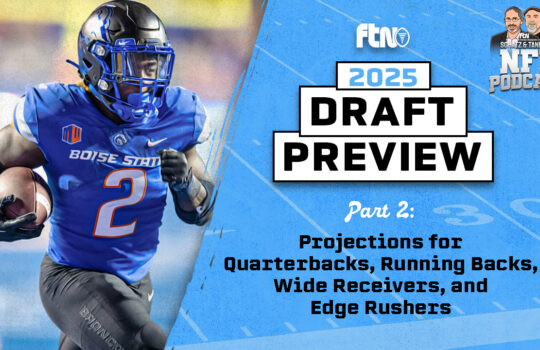

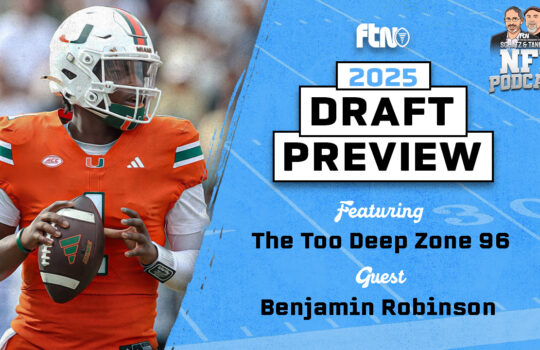





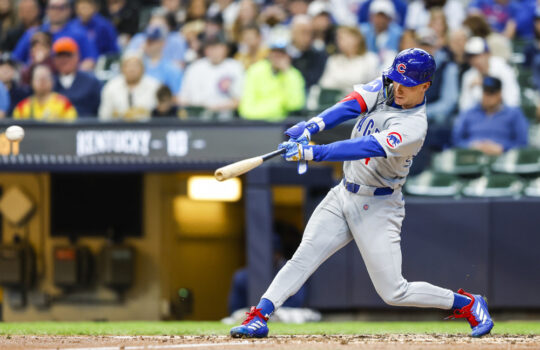

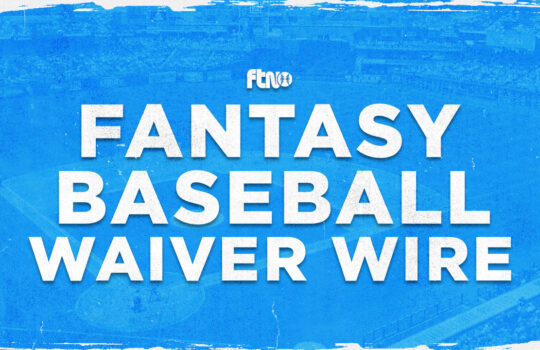

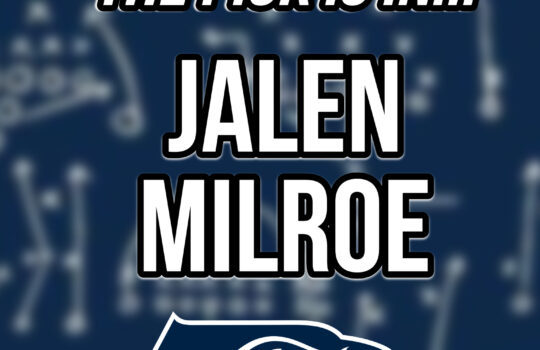

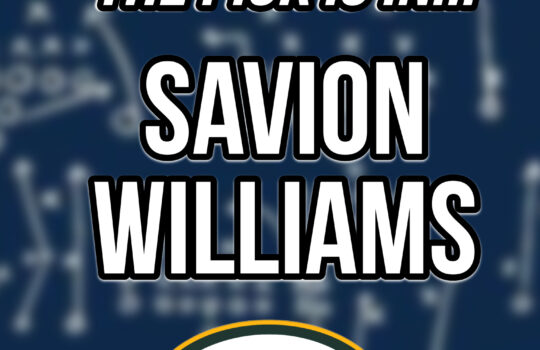
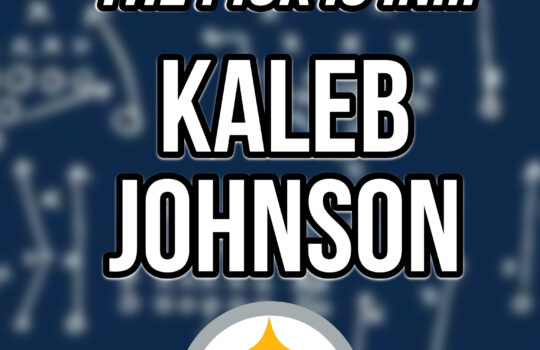

 New York Jets
New York Jets  New England Patriots
New England Patriots  Miami Dolphins
Miami Dolphins  Buffalo Bills
Buffalo Bills  Pittsburgh Steelers
Pittsburgh Steelers  Cleveland Browns
Cleveland Browns  Cincinnati Bengals
Cincinnati Bengals  Baltimore Ravens
Baltimore Ravens  Tennessee Titans
Tennessee Titans  Jacksonville Jaguars
Jacksonville Jaguars  Indianapolis Colts
Indianapolis Colts  Houston Texans
Houston Texans  Las Vegas Raiders
Las Vegas Raiders  Los Angeles Chargers
Los Angeles Chargers  Kansas City Chiefs
Kansas City Chiefs  Denver Broncos
Denver Broncos  Washington Commanders
Washington Commanders  Philadelphia Eagles
Philadelphia Eagles  New York Giants
New York Giants  Dallas Cowboys
Dallas Cowboys  Minnesota Vikings
Minnesota Vikings  Green Bay Packers
Green Bay Packers  Detroit Lions
Detroit Lions  Chicago Bears
Chicago Bears  Tampa Bay Buccaneers
Tampa Bay Buccaneers  New Orleans Saints
New Orleans Saints  Carolina Panthers
Carolina Panthers  Atlanta Falcons
Atlanta Falcons  San Francisco 49ers
San Francisco 49ers  Seattle Seahawks
Seattle Seahawks  Los Angeles Rams
Los Angeles Rams  Arizona Cardinals
Arizona Cardinals 
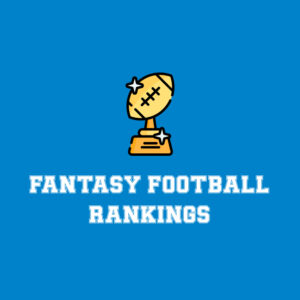
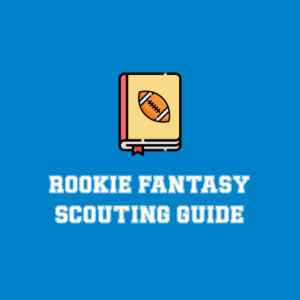






 Boston Celtics
Boston Celtics  Brooklyn Nets
Brooklyn Nets  Philadelphia 76ers
Philadelphia 76ers  New York Knicks
New York Knicks  Toronto Raptors
Toronto Raptors  Chicago Bulls
Chicago Bulls  Detroit Pistons
Detroit Pistons  Milwaukee Bucks
Milwaukee Bucks  Cleveland Cavaliers
Cleveland Cavaliers  Indiana Pacers
Indiana Pacers  Orlando Magic
Orlando Magic  Atlanta Hawks
Atlanta Hawks  Charlotte Hornets
Charlotte Hornets  Miami Heat
Miami Heat  Washington Wizards
Washington Wizards  Denver Nuggets
Denver Nuggets  Minnesota Timberwolves
Minnesota Timberwolves  Oklahoma City Thunder
Oklahoma City Thunder  Portland Trail Blazers
Portland Trail Blazers  Utah Jazz
Utah Jazz  LA Clippers
LA Clippers  Golden State Warriors
Golden State Warriors  Los Angeles Lakers
Los Angeles Lakers  Phoenix Suns
Phoenix Suns  Sacramento Kings
Sacramento Kings  Dallas Mavericks
Dallas Mavericks  Houston Rockets
Houston Rockets  Memphis Grizzlies
Memphis Grizzlies  New Orleans Pelicans
New Orleans Pelicans  San Antonio Spurs
San Antonio Spurs 
